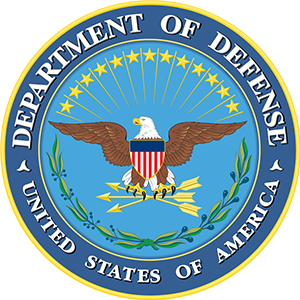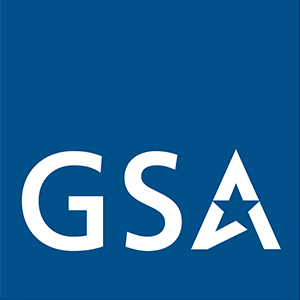About the UFC Program
The Unified Facilities Criteria (UFC) Program provides planning, design, construction, sustainment, restoration, and modernization criteria for Department of Defense (DoD) facilities. These criteria apply to the Military Departments, Defense Agencies, and DoD Field Activities in accordance with DoD Directive 4270.5 (Military Construction) and the USD(AT&L) MemorandumDownload ufc_implementation.pdf dated 29 May 2002. UFC program content is distributed exclusively in electronic format and are effective upon issuance.
The UFC Program is jointly administered by the United States Army Corps of Engineers (HQUSACE), Naval Facilities Engineering Systems Command (NAVFAC), and the Air Force Civil Engineer Center (AFCEC). Program procedures and points of contact are outlined in the current edition of MIL-STD-3007.
Program Structure: UFC, UFS, and UFM
The UFC Program delivers consistent technical content through three types of unified components:
- Unified Facilities Criteria (UFC): Technical requirements, laws, and policies applicable across all DoD Components. This criterion is considered mandatory unless a waiver is granted. UFC may contain Commentary as indicated by [C]. This Commentary is helpful information to expand upon the UFC criteria.
- Unified Facilities Supplement (UFS): Supplemental information that supports UFCs with guidance, best practices, checklists, procedures, or component-specific needs. This is not mandatory criteria and is provided For Information Only (FIO).
- Unified Facilities Operations & Maintenance Manual (UFM): Operations and maintenance manuals that guide implementation and may expand on requirements elsewhere.
Together, this unified criteria program ensures consistent standards for safety, sustainability, durability, and functionality. UFCs incorporate building codes, DoD requirements, and applicable statutory provisions. UFC content that is fully unified and applicable across all DoD Components have no alphabetical suffix in the title.
Non-Unified Content: FC, FS, FM
When content is developed for a specific agency or limited audience, it is reclassified as:
- Facilities Criteria (FC): Non-unified counterpart to UFC, tailored to specific facility or Component needs.
- Facilities Supplements (FS): Non-unified counterpart to UFS, providing Component-specific technical or contextual content. This is not criteria and is provided For Information Only (FIO).
- Facilities Manuals (FM): Non-unified counterpart to UFM, delivering O&M content for Component-specific requirements.
Non-unified documents include a letter at the end of their number to show the sponsoring Component:
- A — U.S. Army Corps of Engineers (USACE)
- N — Naval Facilities Engineering Systems Command (NAVFAC)
- F — Air Force Civil Engineer Center (AFCEC)
If applicable to multiple agencies, multiple letters are used (e.g., AF for Army and Air Force).
Glossary and References
Glossary terms will no longer be included in UFCs. Instead, you may find this information at the following:
Questions and Change Requests
Suggestions, comments, and recommended changes to UFC Program documents are encouraged and should be submitted via a Criteria Change Request (CCR). To submit a CCR, click the CCR link provided next to each document. CCRs should not be used for project-specific issues, such as solicitation or contract interpretation. These matters should be directed to the appropriate Contracting Officer.
To learn more about how changes are classified, refer to the UFC—UFGS Revision-Change PolicyDownload ufc_ufgs_chg_rev_policy.pdf.
A paperclip icon next to a UFC title indicates an attachment is available. Click the title to view the related materials.










